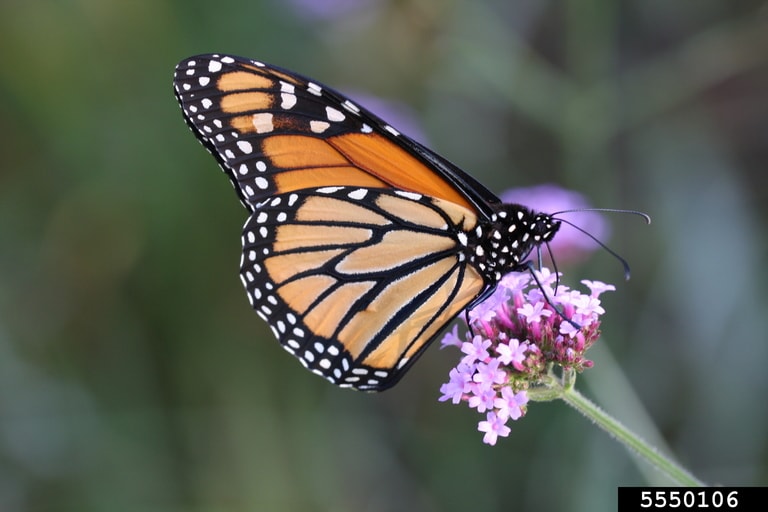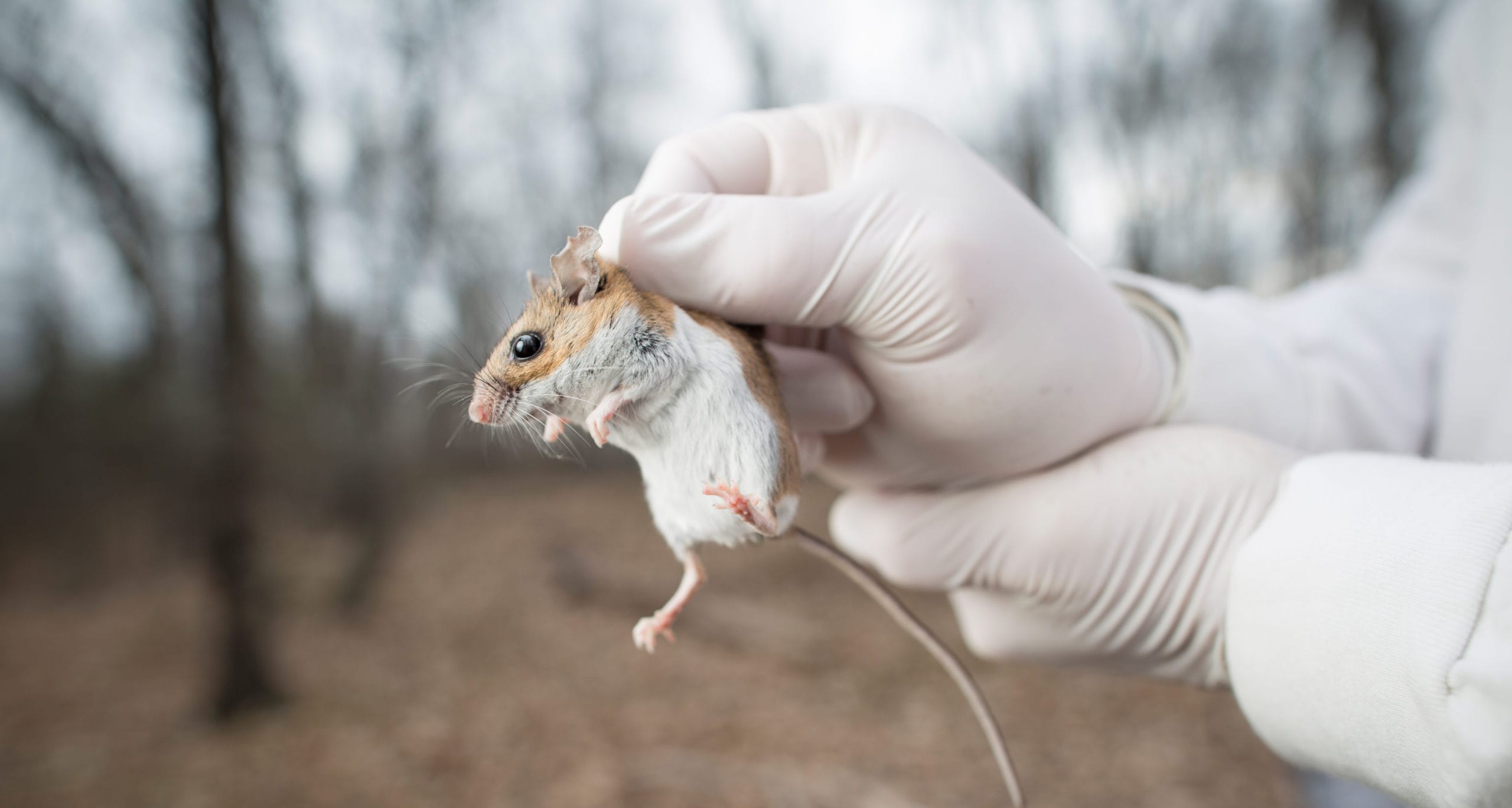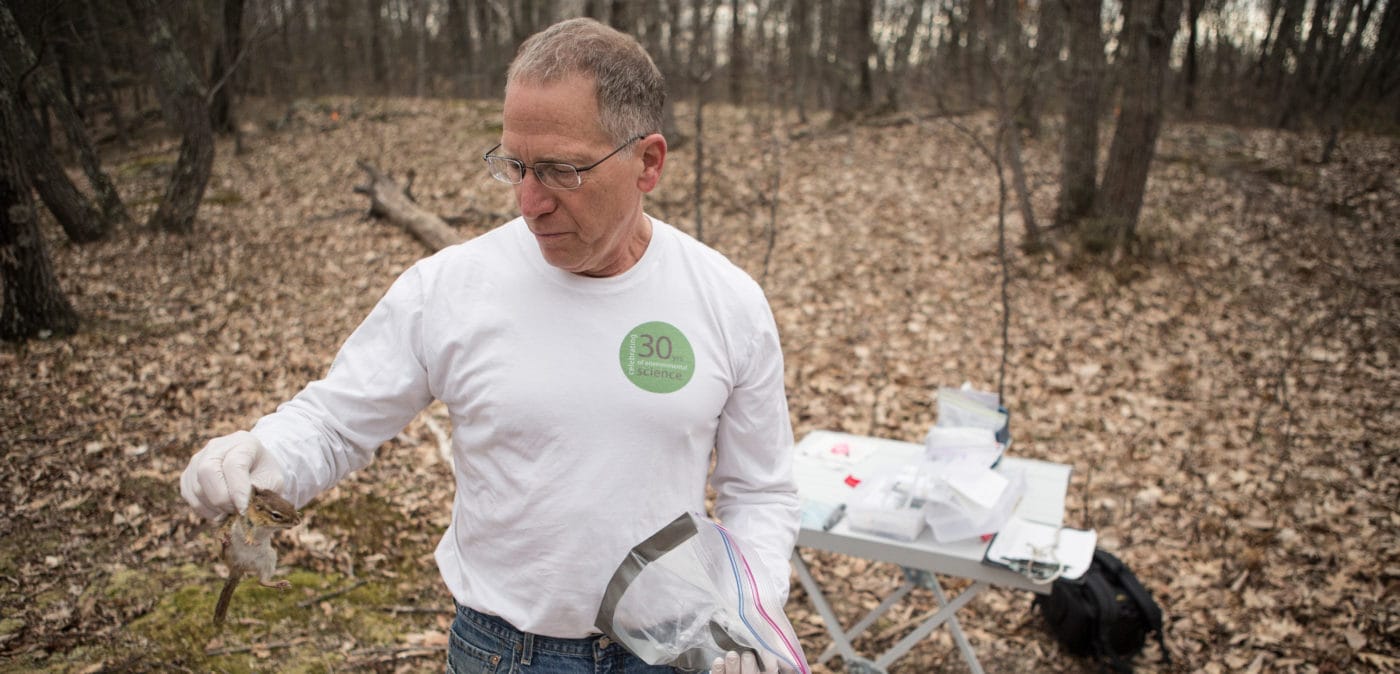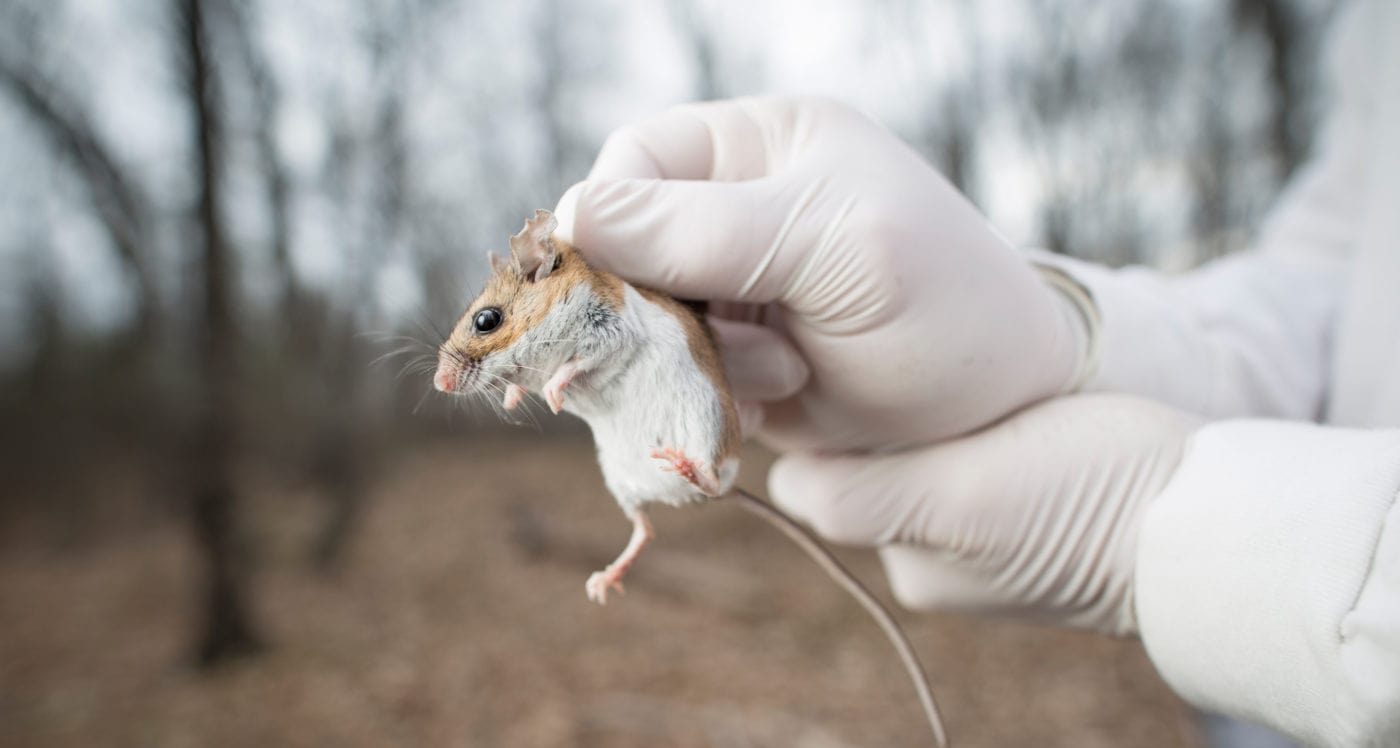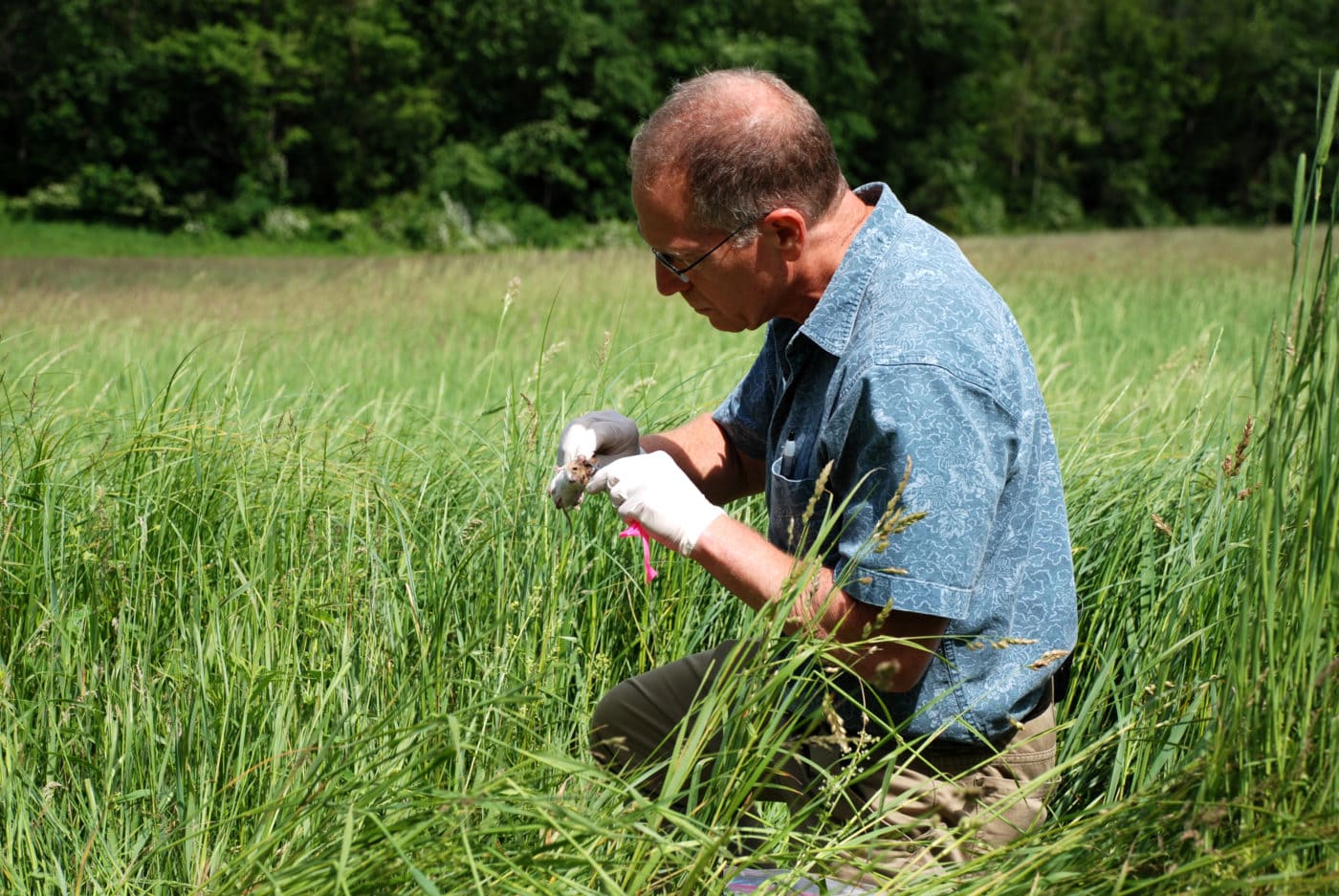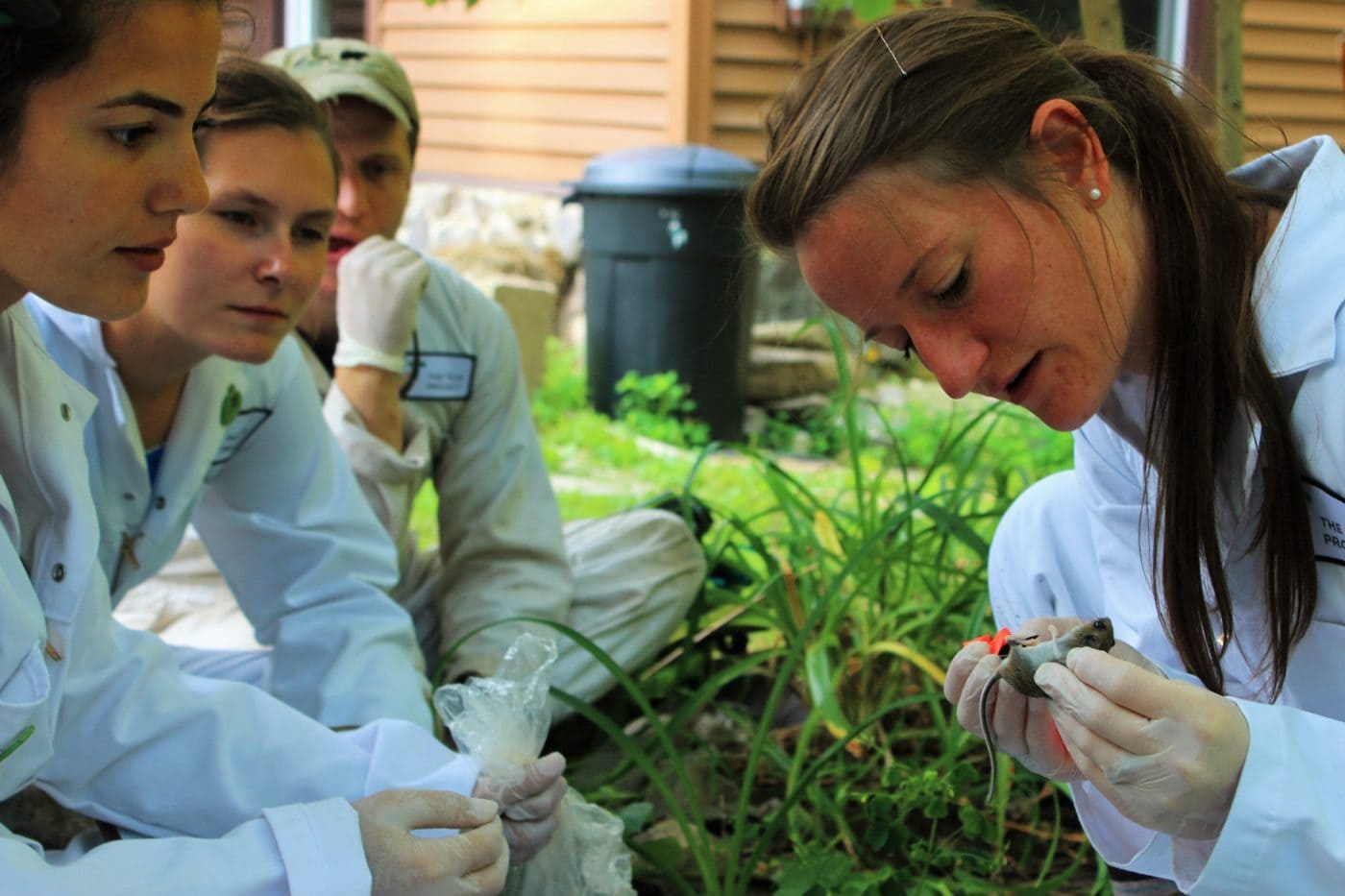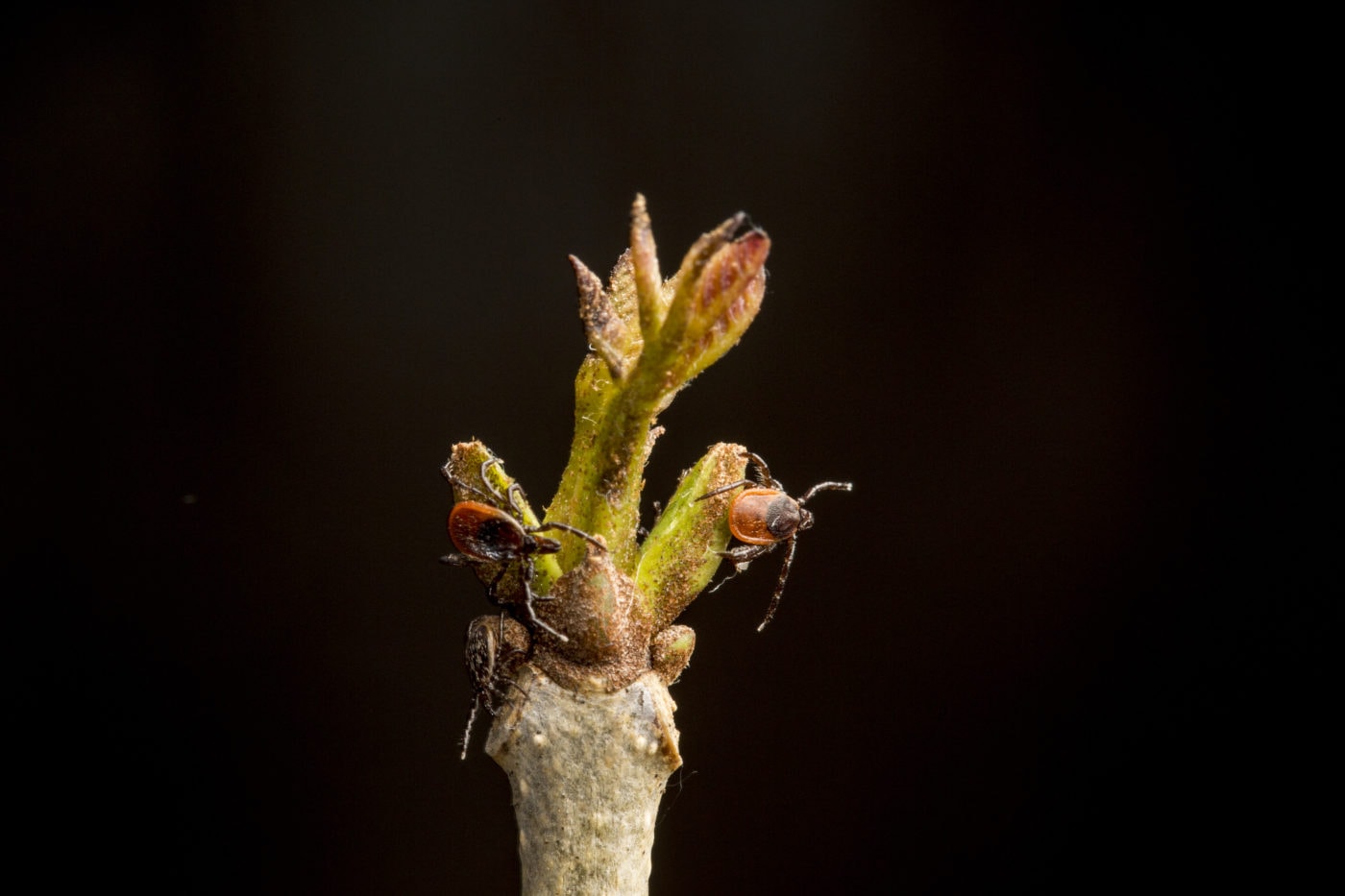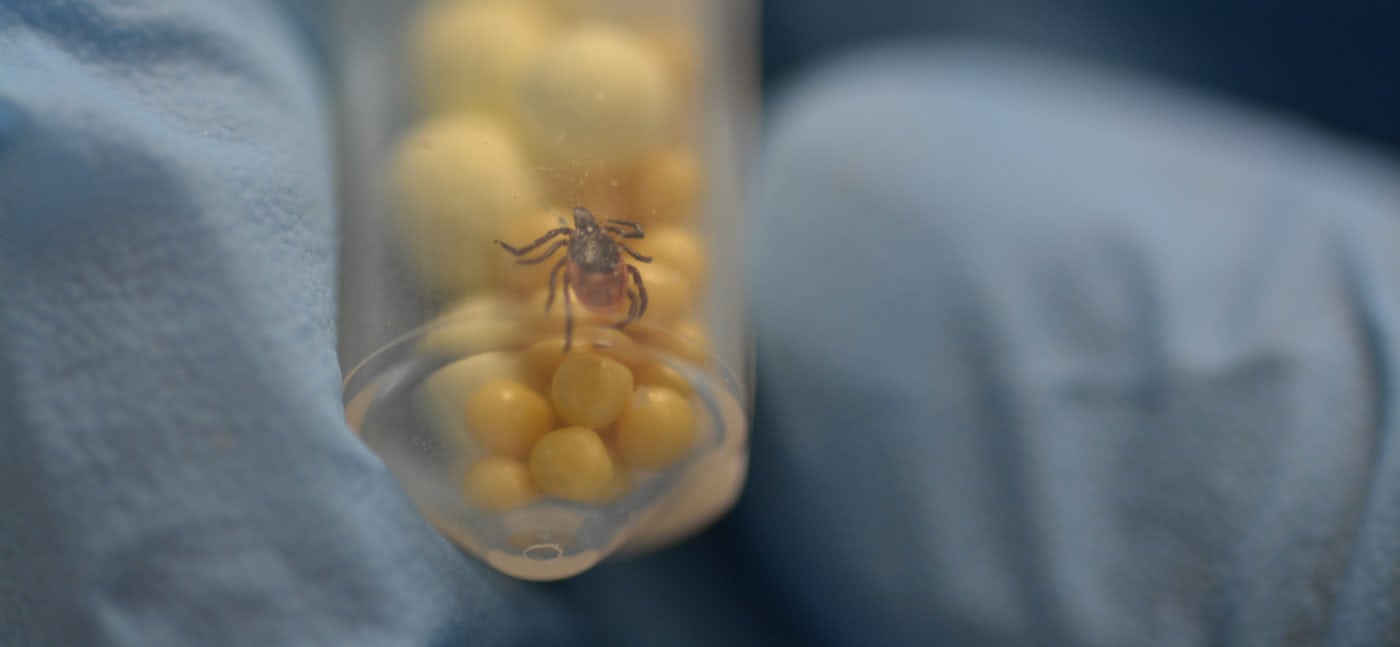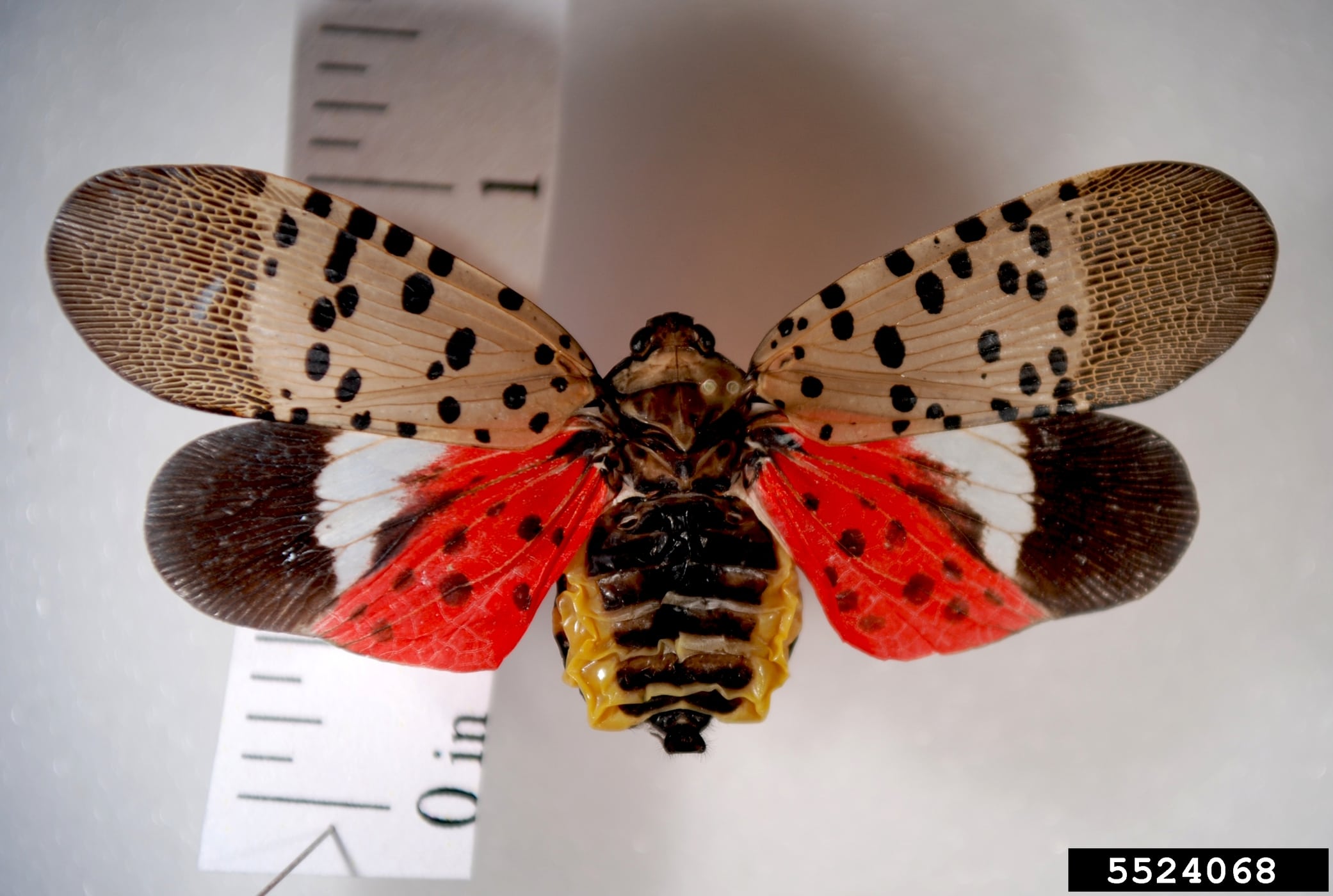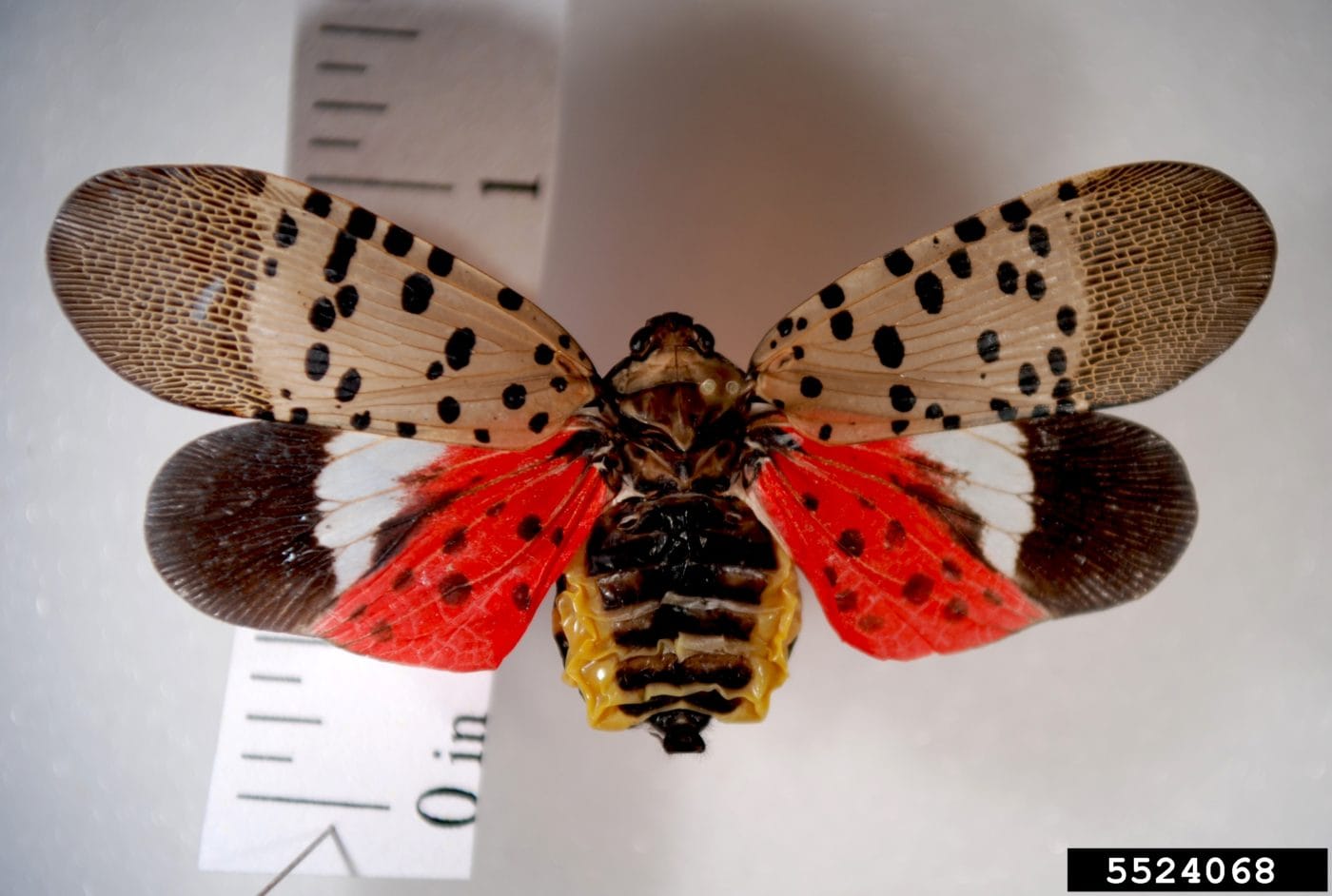Most homeowners rev up the mower when the grass loses its buzz-cut look. But how does Scenic Hudson decide when to mow the meadows in our parks and preserves? “It’s a balancing act,” says Land Stewardship Coordinator Dan Smith. “Whenever you mow, you’re benefiting something and hurting something else.”
Mowing cuts back trees and shrubs that, if allowed free rein, could eventually replace the meadow with forest. And it can temporarily suppress the spread of invasive species that crowd out native plants. But mowing also can eliminate the blooming wildflowers and grasses that pollinators like bees and butterflies (including monarchs) rely on for nectar, as well as the winter shelter that other species need.
Deciding when to mow depends on the chief objective. Many of the meadows in our parks are too small to support breeding grassland birds. Still, when possible, Scenic Hudson holds off mowing at least until July 15. “This gives any birds that may be breeding in a field the best chance to fledge their young,” says Smith.
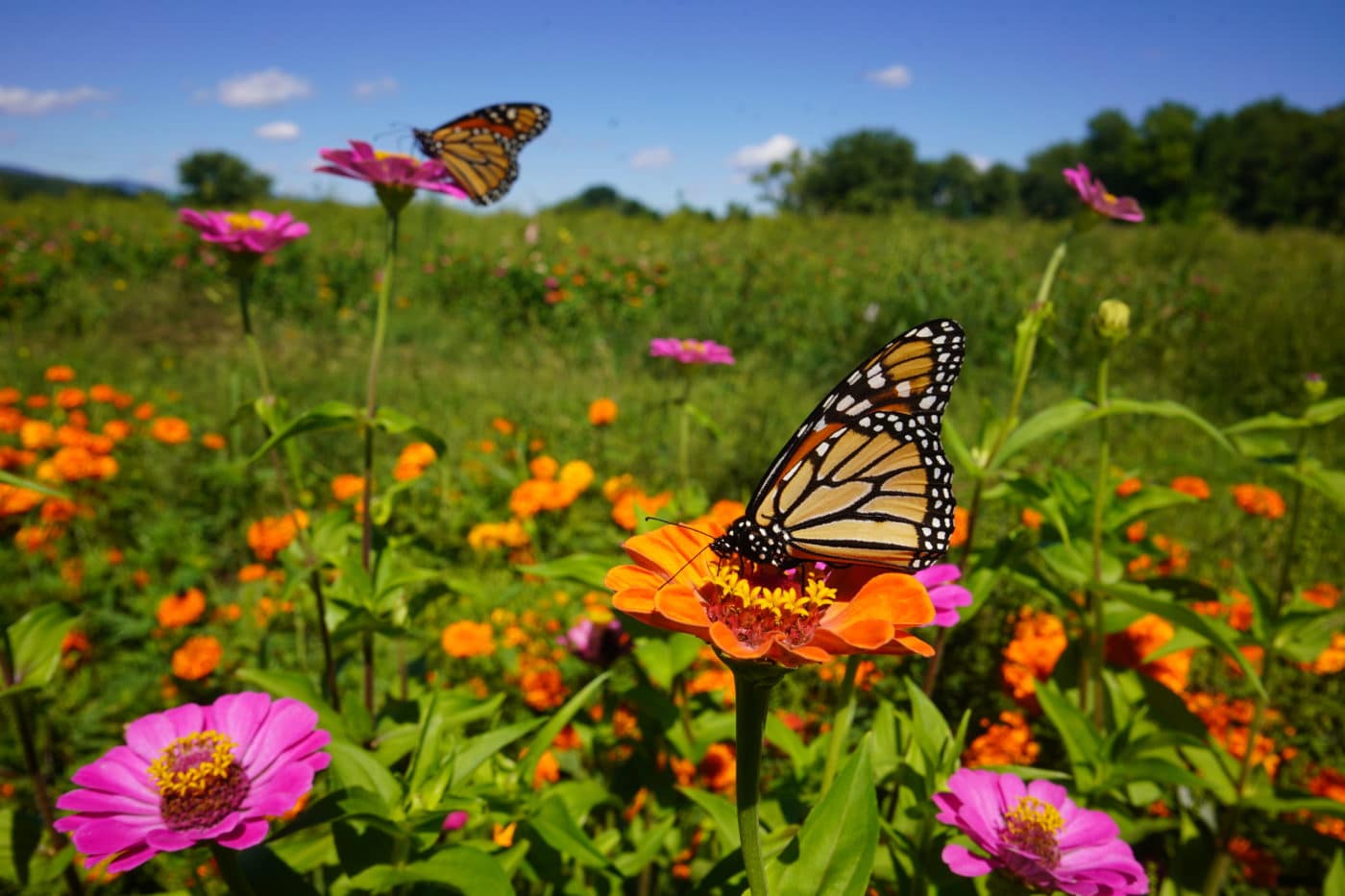
More often, Scenic Hudson’s meadow management focuses on sustaining habitat and nectar-producing plants for pollinators. “They’re a little less picky about size,” Smith says. To maximize the meadows’ potential for attracting pollinators, mowing is held off even longer, until October 1. “At that point, there are not a lot of nectar sources remaining,” he explains. Likewise, monarchs that have grown from caterpillars to butterflies on our preserves’ milkweed plants “are mostly on their way south,” undertaking their annual migration to Mexico.
One-third rule of thumb
The general rule of thumb is to mow one-third of a field each year, leaving plenty of nectar for pollinators and coverage for the winter. “But in some of our meadows woody vegetation grows so fast we need to mow more than that to maintain them. It’s one of the things I personally struggle with the most,” Smith says. Adding to his struggle, meadows filled with harmful and especially fast-spreading invasives like black swallow-wort (which closely resembles milkweed but is toxic to monarchs) require monthly mowing.
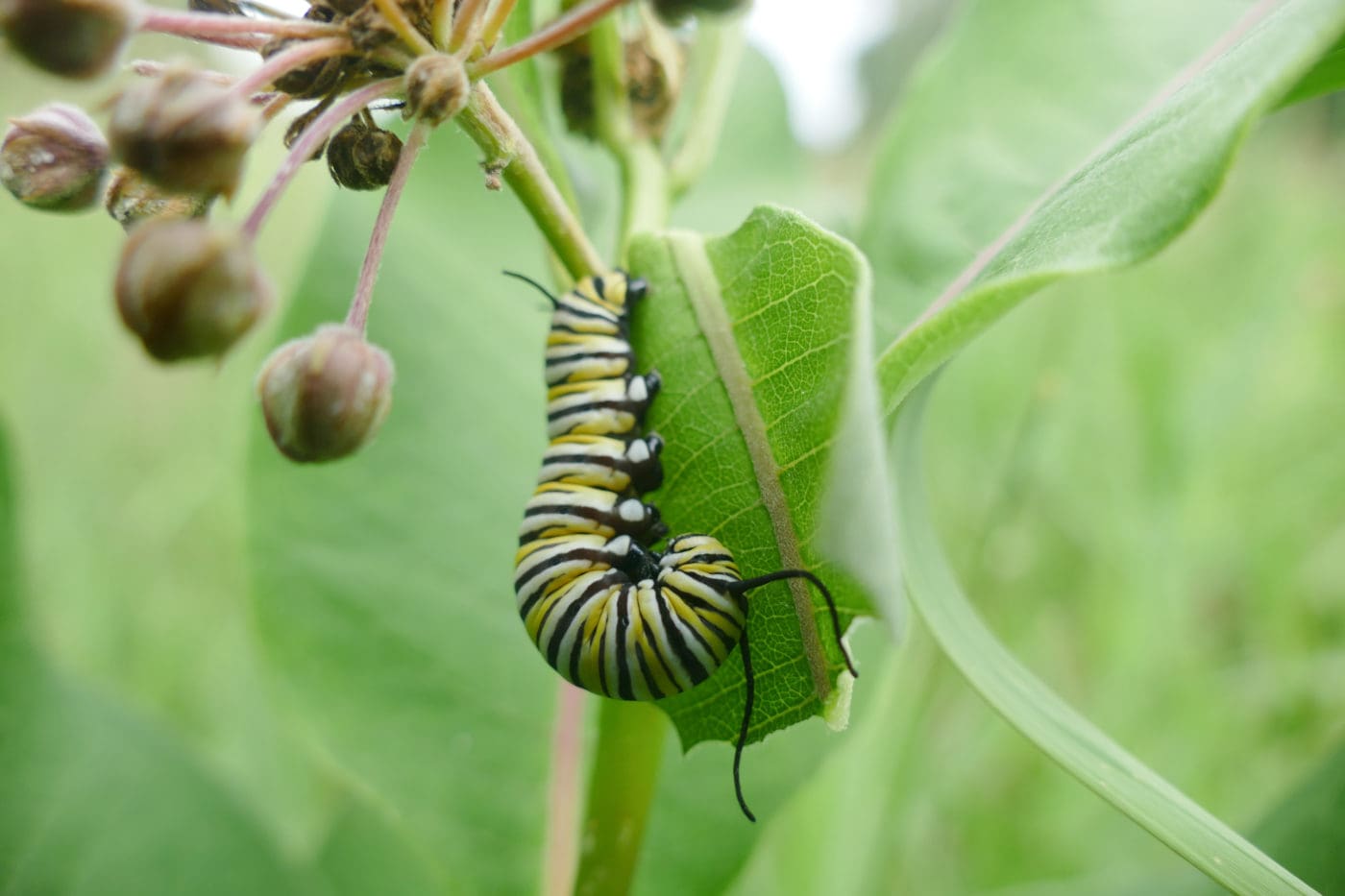
In addition to determining when to mow, it’s important to know how much to lop off. “It’s always good to leave some height,” Smith says. Mowers contracted by Scenic Hudson are advised to leave about 10 inches, which destroys the seed-producing parts of most invasive species while keeping intact many parts of plants where pollinators have laid eggs or larvae may overwinter.
Smith’s overall assessment of Scenic Hudson’s mowing strategy: “Our data show it’s working for the most part, but we’re always open to tweaking our approach.”

